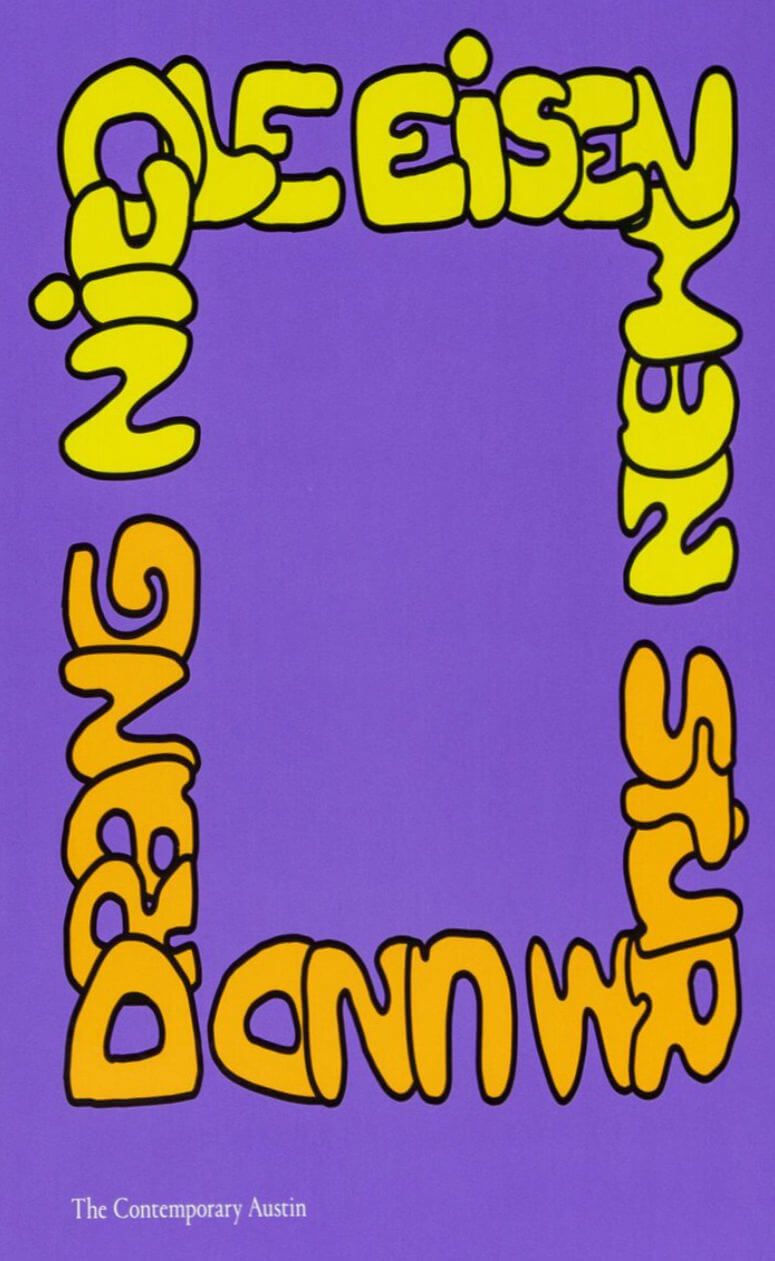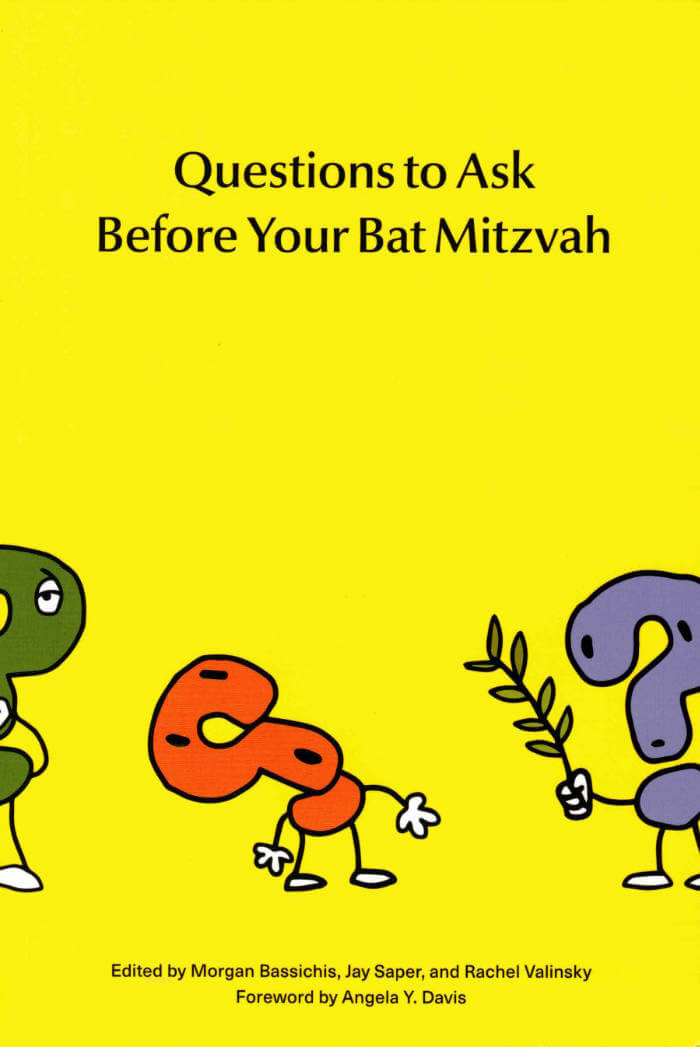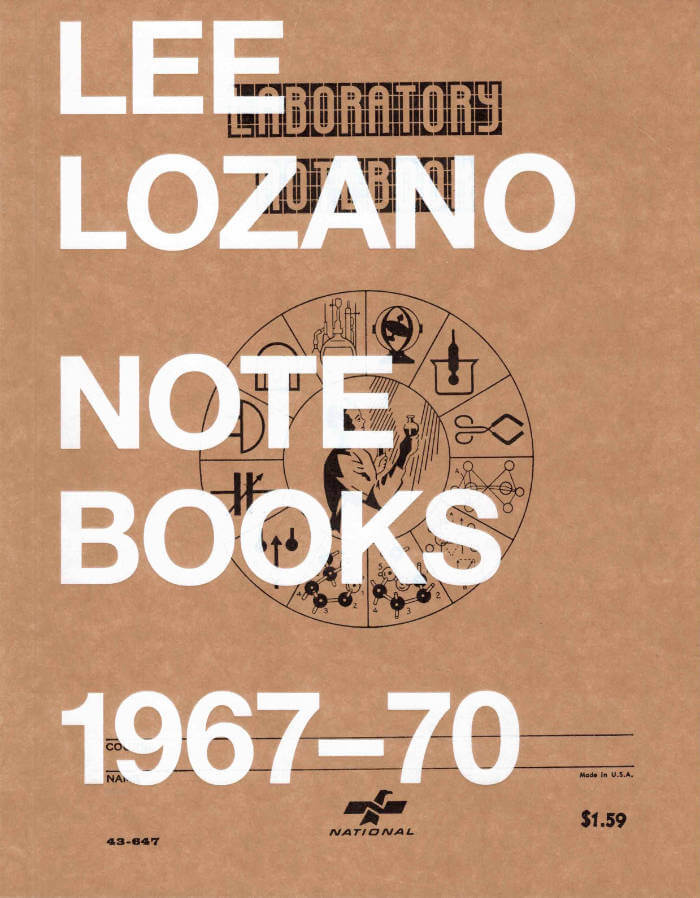
Sturm und Drang
This book accompanies the 2020 Suzanne Deal Booth / FLAG Art Foundation Prize exhibition, Nicole Eisenman: Sturm und Drang. The exhibition ran from February 27 through November 15, 2020, at The Contemporary Austin’s downtown venue, the Jones Center on Congress Avenue, with an outdoor sculpture at the museum’s fourteen-acre sculpture park at Laguna Gloria. A related exhibition of Eisenman’s work with a selection of drawings by Bay Area artist Keith Boadwee, Nicole Eisenman and Keith Boadwee, is on view at The FLAG Art Foundation in New York December 12, 2020, through March 13, 2021.
NICOLE EISENMAN was selected for the prize by an independent advisory committee comprising renowned curators and art historians from across the United States. The artist’s practice blends influences from Western art history and traditional figurative art with elements of punk, feminist activism, queer identity, humor, and emotional rawness to create profoundly unique works. Eisenman emerged in the early 1990s in New York City as a painter, and her creative output for nearly three decades centered on painting. More recently, however, the artist’s three-dimensional objects have overturned expectations of her work and of figurative sculpture. This publication reflects on the sculptural impulses within Eisenman’s work, considering the recent shift in her practice as both a new focus and always-present undercurrent brought to the surface.
Co-published with The Contemporary Austin and The FLAG Art Foundation
Essay by Heather Pesanti
Essay by Stephanie Roach and Jonathan Rider
Essay by Nicole Eisenman
Text by Litia Perta
Essay by Alhena Katsof
Conversation with Nicole Eisenman and Keith Boadwee






